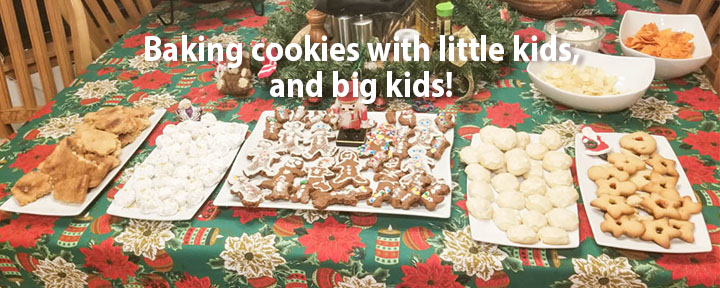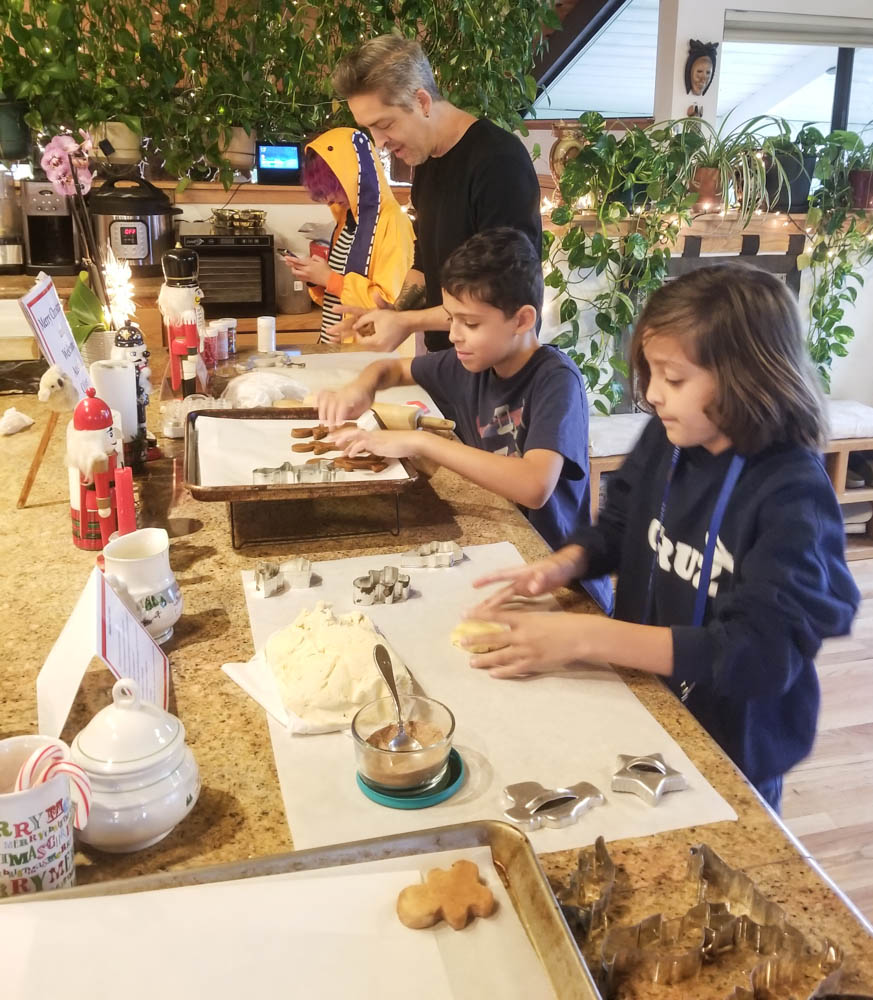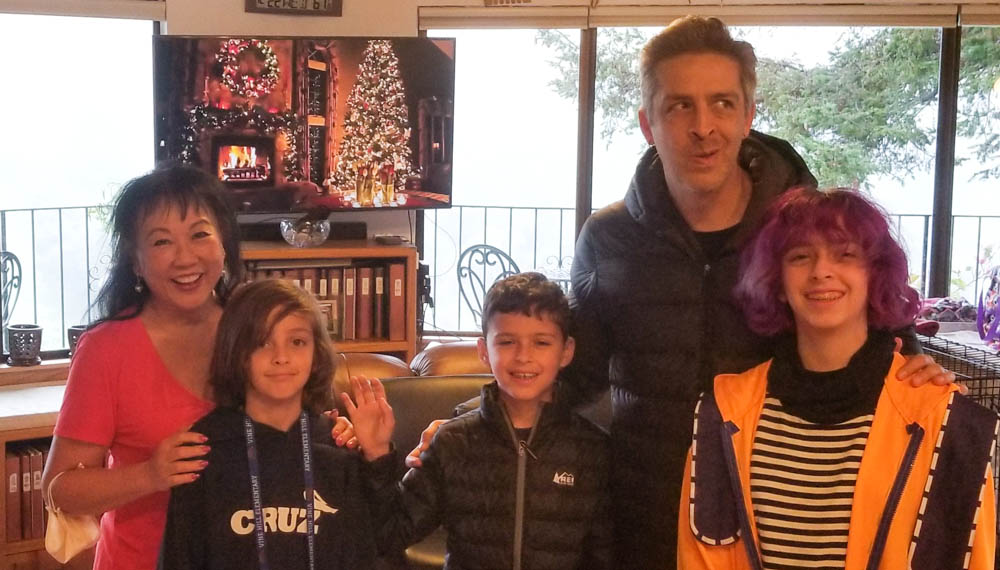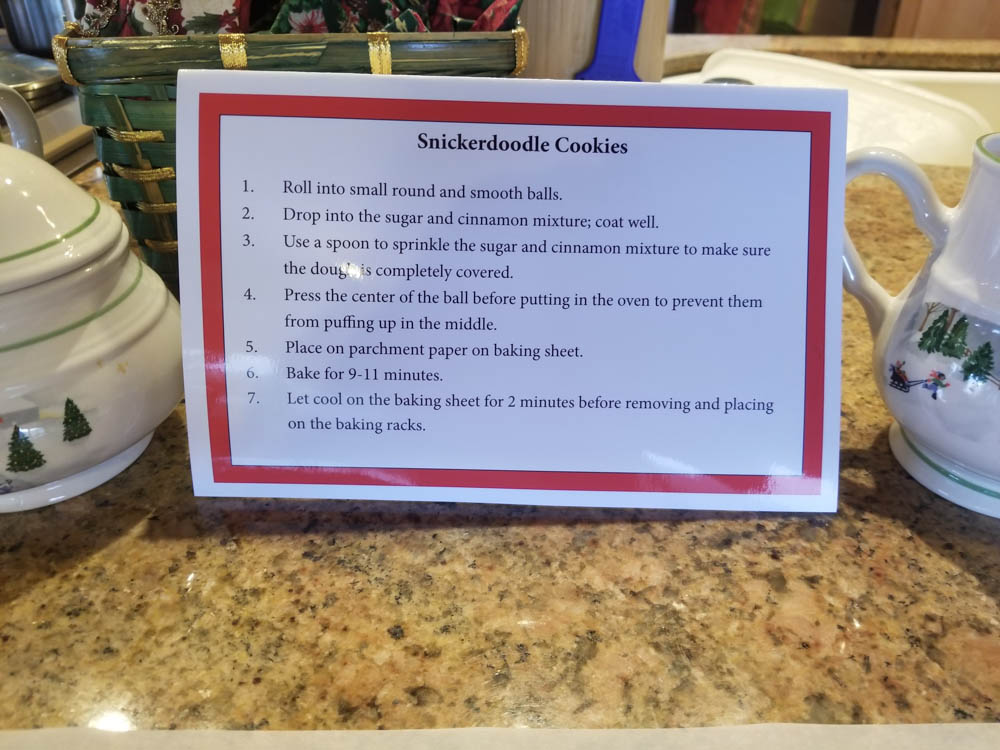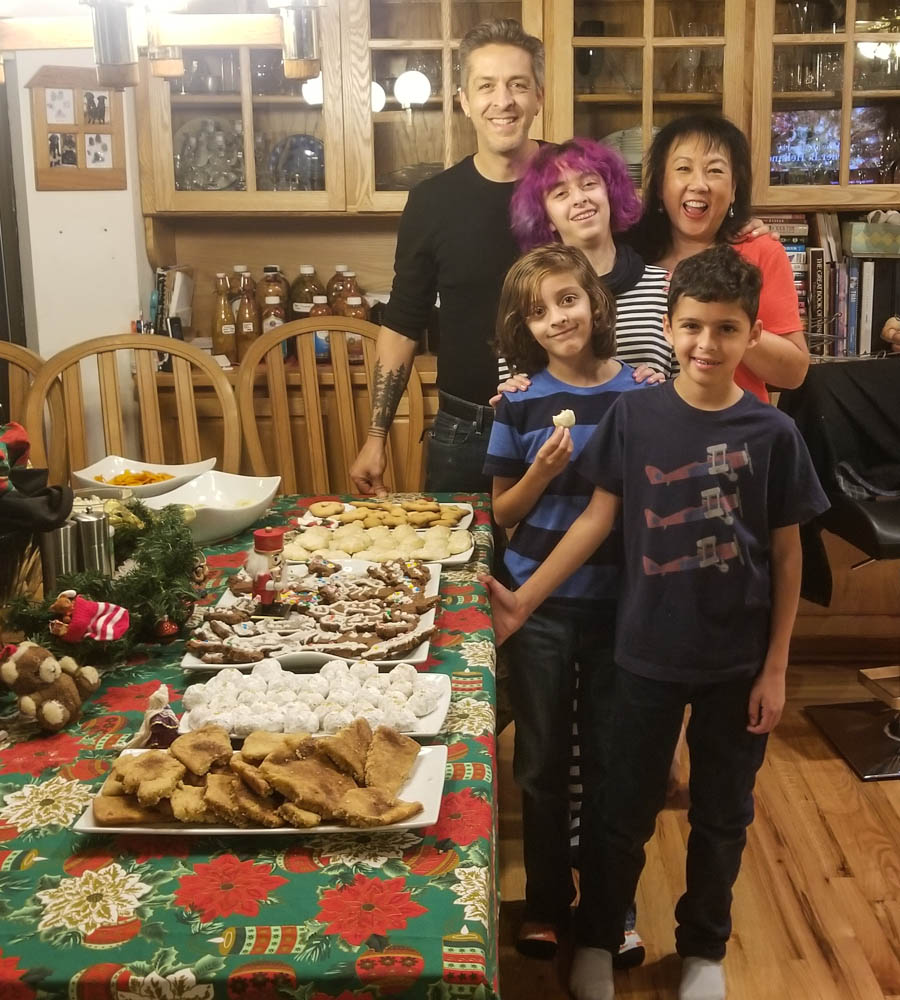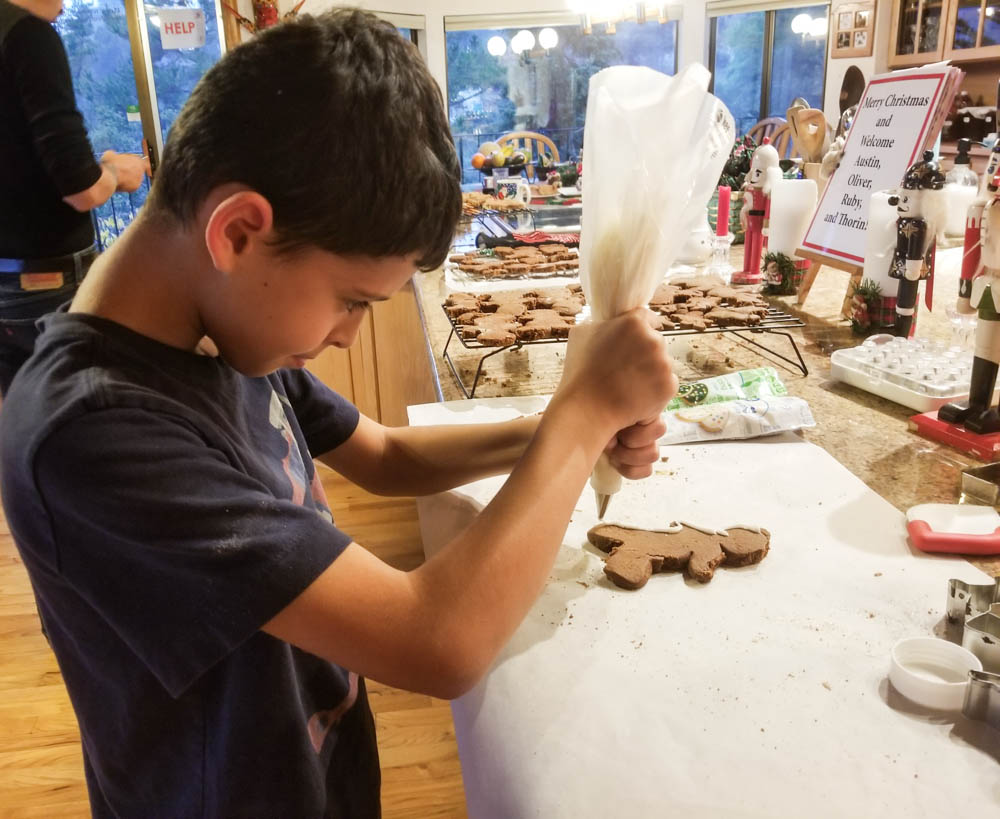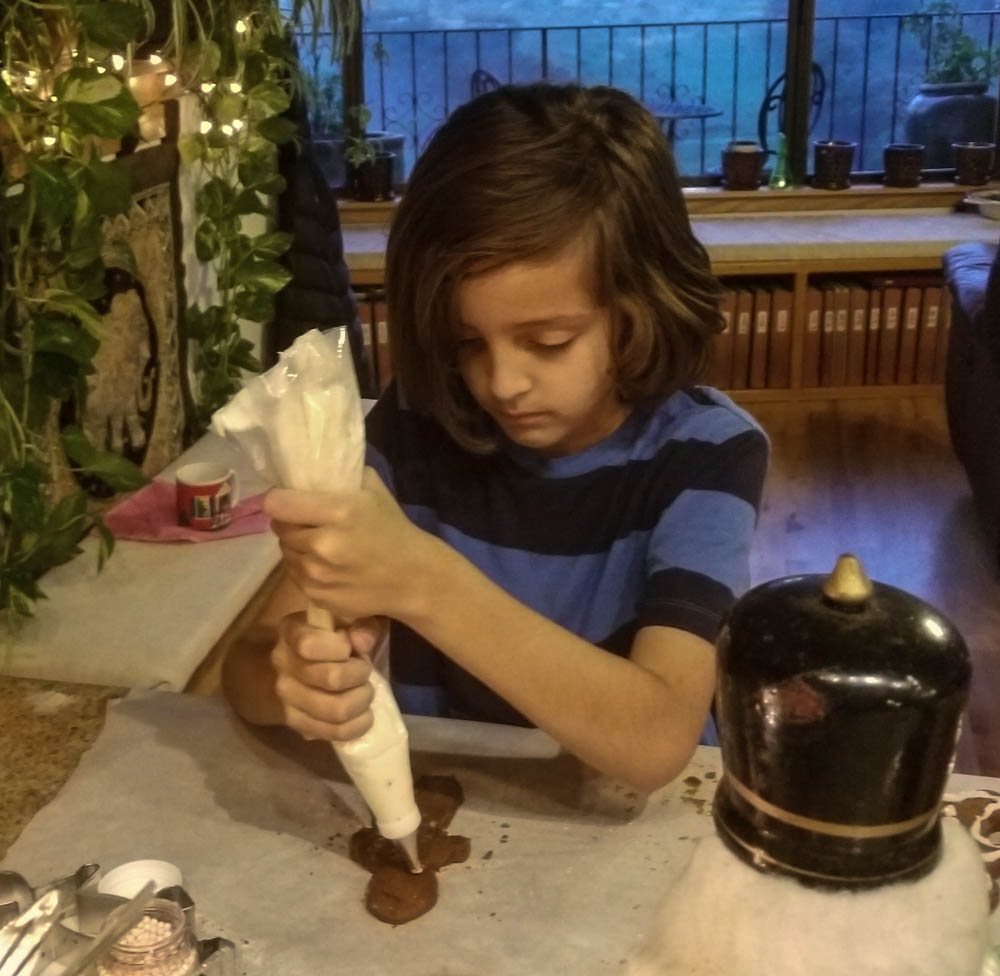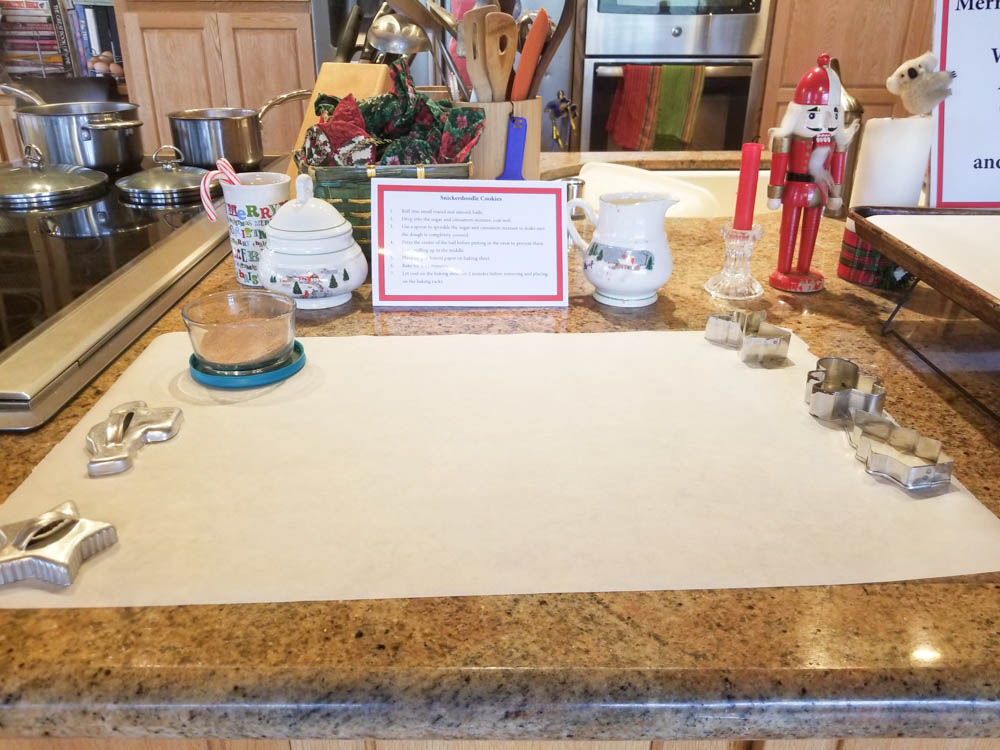
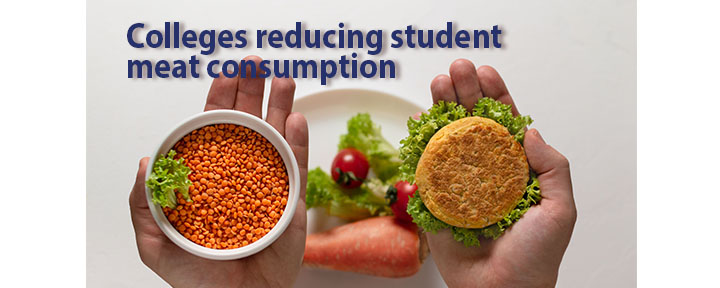
Glad to see some college campuses cutting back on meat in campus dining halls in an effort to prompt students to consider their carbon footprint as they choose which foods they’ll consume. Learning both inside and outside the classroom.
As the climate crisis worsens, colleges are creating models for reducing our CO2 that students will take away as they start their lives after college. What they eat has a direct impact on food production. Cows emit methane, which is 28 times more damaging than carbon dioxide.
Brown University plans to reduce red meat consumption by 25% by 2025, and 50% by 2030. They still offer red meat, but they’re serving meat alternatives and plant-based options. Students are also requesting the Impossible Burgers (plant-based), bean and grain replacements, and seafood.
Other colleges like Montana State University support sustainable food systems by purchasing locally to reduce emissions generated in transporting foods to campus. They utilize nearby vegetable gardens from over 100 Montana vendors.
These programs give students the opportunity to rethink their food consumption so when they start their new families in the future, they will make conscientious decisions that could reduce our greenhouse gases. Every little bit helps!
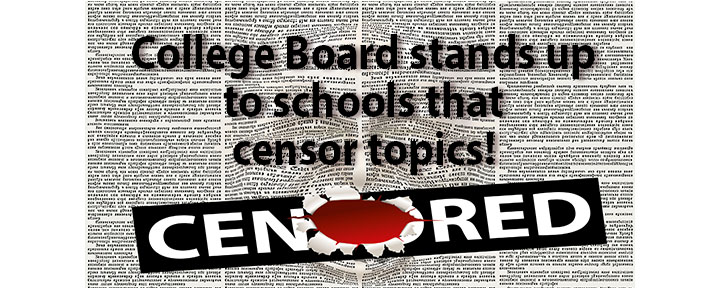
Hmm. Another reason that schools should not censor topics covered in American school classes.
Leaving politics aside, there’s been a rash of discussion, and even legislation, around what should and should NOT be taught in classrooms from kindergarten to high school. You’ve heard it all. World Religions? Civil rights (racism)? Jim Crow laws? Gender identification?
Now the College Board (the organization that administers the SATs and certifies AP Courses) has issued a warning to schools that remove historical or other relevant content from their AP courses may lose their license to teach those courses.
So students who take courses where teachers are forced to remove specific content from their lectures and presentation may lose their right to list their AP courses on their transcripts. And even if they did take the course and the AP exam at the end of the school year, they will be at a huge disadvantage because they will not have the introduction and exposure to content included on the AP exams.
This is not new news… I remember working with students back in the 2000s who took AP Biology in parochial schools where they taught creation and not evolution (science). This is still prevalent today. Many parents, and students, are not aware of what concepts are omitted from classroom lectures and that their children are not receiving the same curriculum content that other students are receiving. And for the past several years, teachers and schools are under pressure from religious organizations and the federal government to censor topics introduced in classrooms.
The good news: the College Board is warning against censoring AP course content and threatening that students who take these classes may lose their AP credits.
In 1994, I developed the Merit Academy K-12 curriculum to prepare our students to be leaders. Rather than censor concepts or books, I consulted with experts to include comprehensive review of controversial subjects. When students (and teachers) have the freedom to research, discuss, and examine concepts, they are better equipped to understand them and appreciate various cultures and histories.
When our students learned about ancient religions, we researched ALL 5 major world religions. They compared and contrasted religions, visited institutions to see how religions are practiced, and continued to analyze the development of these religions in today’s society. I can’t imagine censoring political or religious content from any curriculum.
Seems like we’re heading towards a dystopian society (think: Ray Bradbury’s book Fahrenheit 451) where books are banned.
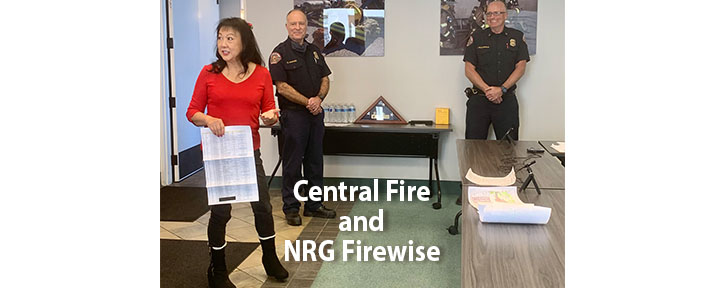
Central Fire District honored the NRG Firewise community for our progress on preventative fire programs. When these organizations work together to educate, support, and guide one another, we really do get things done! The Central Fire team has come to road association meetings, Firewise planning sessions, and even worked with individual homeowners to help us prioritize home hardening and clearing around our houses. Looking forward to our April 23, 2022 NRG Firewise event! We’ll have over a dozen experts speak about all of the issues we’re concerned about — and Central Fire will be instrumental at this event.

Ten years ago, I never really thought much about wildfires – even though I live in a heavily wooded area in Santa Cruz County. But now, I make architectural, landscaping, and even social decisions based on how they affect fire safety. That’s why I’m thrilled that my neighborhood of 260 homes on North Rodeo Gulch Road in Soquel is now officially recognized as a Firewise USA community.
What does that mean?
- Save money on homeowner’s insurance
- Work with neighbors to clear our properties
- Share concerns on our forum
- Receive free chipping
- Communicate using our MURS radios during emergencies
- Improve address and road signage
- Gather for annual NRG Firewise events
I’m organizing our 2nd annual event on April 23rd with a lineup of experts who will discuss evacuation plans, emergency communications (when power is out), clearing 100 feet around homes, group clearing projects, signage, and more. Come out to learn when to evacuate and how you can save your home when a wildfire strikes. Fire season is year round.
Check out our website: NRGfirewise.com.
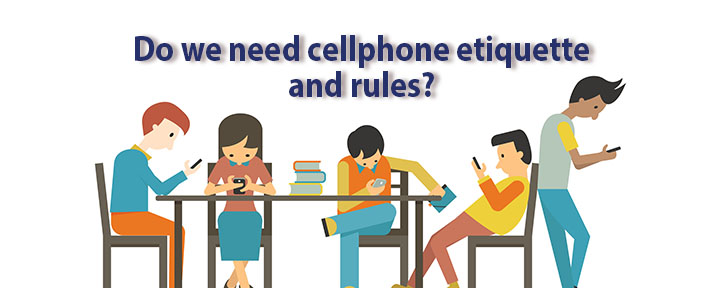
Cellphone usage has become an addiction for teens (and parents). Kids even check their phones for text messages while they are physically with friends and family for fear of missing out (FOMO). The stress of constantly checking Instagram and texts puts kids in limbo while they try to multitask — unsuccessfully.
You’re not alone if you feel a little rejected when your kids find their communication with others to be more important than with us. Whatever happened to etiquette? Remember when giving eye contact while talking with friends was expected? Seems like teens today have their heads buried in their phones and don’t even bother glancing in our direction while “talking” to us.
So you believe them when they tell you they’re successfully juggling homework assignments, preparing for tests, and learning concepts while checking and responding to text messages? Umm, nope! They’re barely doing the work and glazing over notes while steeped in drama with their friends. On the surface, they may push around papers, zip over worksheets, and make a poor attempt at preparing for tests. But we know our precious kids can do better.
How can they really comprehend difficult concepts or problem solve when they are disrupted about every 30 seconds to gaze at their phones causing them to completely lose focus? Half a minute isn’t long enough to delve into anything – especially when they’re hoping to get a text from a friend.
When confronted with their addiction to their phones, teens can become angry and defensive. They’ll claim that they hardly use their phones and that texting doesn’t interfere with their concentration or work performance. That’s why you need to be the parent and set up new family cellphone rules. By forcing them to take a break from the constant pressure of social media, their school performance will improve as well as their attitudes.
Place all phone chargers in the kitchen or a central location, and set up a simple schedule for phone usage. Phones need to be in chargers except for designated times.
Try this for teens:
30 min before school
(if they get up early enough to make their beds, get dressed, eat breakfast, and pack their lunches)
30 min after school
(during transportation home while in vehicle or walking home)
30 min after dinner
(no cell phones at the dinner table)
60 min max after homework is complete
(if time allows; phones need to be in charger at a designated bedtime)
Make a policy for all family members, yourself included, to be a good role model and to avoid major collisions about fairness. Those who don’t abide by the rules, lose their phone privileges for a day. Lock the phone in a safe or take it with you. You can set up a more lenient schedule for weekends to give them some freedom to soak up social media but monitor the amount of time; especially if they have studying and homework to complete. Set up perks like getting phone upgrades if they abide by phone schedules.
You’ll find that your teens will be more engaged in discussions at home, their grades will improve, they’ll get more sleep, and they’ll be generally more peaceful. Of course, they’ll never admit it, but you’ll know.
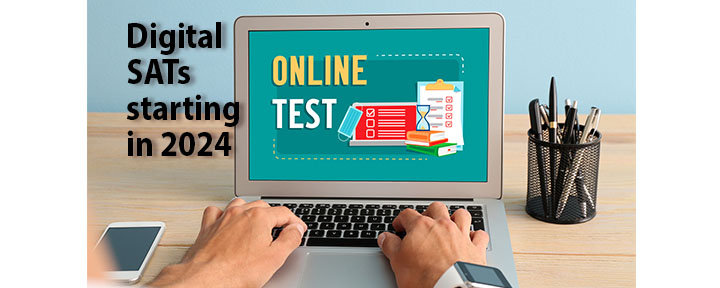
The SATs and PSATs will be offered in a digital format starting in 2024 for the SATs and 2023 for the PSATs. So no more Scantron answer sheets and Number 2 pencils! Instead, the new format will allow students to use their own laptops or tablets while they take the exams at a College Board testing center. For students who do not have these devices, the College Board will provide them on the test dates.
This new digital SAT will be easier to take. Eighty percent of the students who took the digital SAT pilot exams said that it was less stressful than the paper and pencil format. If students lose connectivity or power during the exam, they won’t lose their work or time while they reconnect.
The new SAT will be shorter – about 2 hours instead of 3 – giving the students more time per question. The reading section will have shorter passages with just one question tied to each section, and there will be a wider range of topics that will represent works that they’ll read in college.
Calculators will be allowed for all the math sections. Yahoo! This can be a game changer.
Test scores will be processed in just a few days, instead of weeks, giving students more time to plan future tests.
These new SATs will be offered to 9th students who will graduate in 2025.

School choices for students K-12 may seem dismal when you consider online zoom classes vs on-campus classes. Staring at a computer for 6 hours with 30 students and asynchronous sessions produced a decline in academic performance. But sitting in classes with some unvaccinated teachers and students sounds dangerous.
Back in March 2020 when COVID first surfaced, we thought our kids were going to have 2 weeks of online classes and stay-at-home orders for parents, and then we’d all be back in classes and back to our offices. Nope. Two weeks turned into 4 weeks, which turned into 6 months, which turned into a year, and now we’re coming up on the 2-year anniversary in March 2022.
Meanwhile, by all counts, student scores have rescinded since 2019. Thirty students simply don’t engage with the teacher and one another in a virtual class. Student absences in on-campus classes is 30% lower than 2019. So kids aren’t engaged in online classes and many students don’t go to school because they’re sick or they’re worried that they may become sick.
Some Bay Area families are opting for independent study programs as an alternative to on-campus instruction. In California, students must be enrolled in a public or private school where they can be monitored by the state. So homeschoolers work with public or private schools by enrolling in independent study programs – making it a win-win situation for students and schools. Students get to stay home and schools continue to get their ADA (average daily attendance) moneys.
At Merit Academy, for instance, we provide the teacher and the curriculum so the student can stay at home and learn from a real teacher. With just one student in the class, we tailor the instruction to ensure that every student is engaged and challenged.
Just like COVID broke the notion that everyone needs to work in the office, we now know that students can learn in many different structures. The concept of school classrooms is changing.
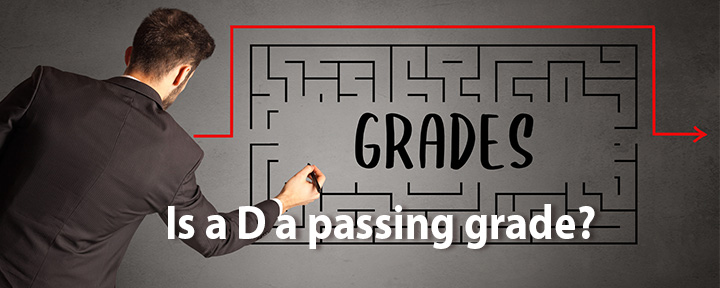
Most high school students know that a D in an academic class is a passing grade. That means they get 5 credits towards high school graduation and the course has satisfied the particular category (English, math, etc.).
But while a student can eek by with a D for graduation purposes, in California, the UCs and the CSUs will not accept Ds for their core academic courses (known as A-G courses). Yup. For UCs and CSUs, you need to receive a C- or better to get credit for these courses and to be eligible for enrollment in the largest public university systems in the country.
This can be very confusing for students who are not familiar with college admissions requirements, and especially so for students from homes where parents did not attend college. A recent survey found that only 37% of Black and Hispanic students understood what A-G eligibility meant.
To address these concerns, some California schools are considering “dumping the D” and moving a passing grade to a C and giving “incompletes” for Ds. Either way, students should have the same passing grade requirements for high school graduation and for college admissions. Let’s close that gap!

